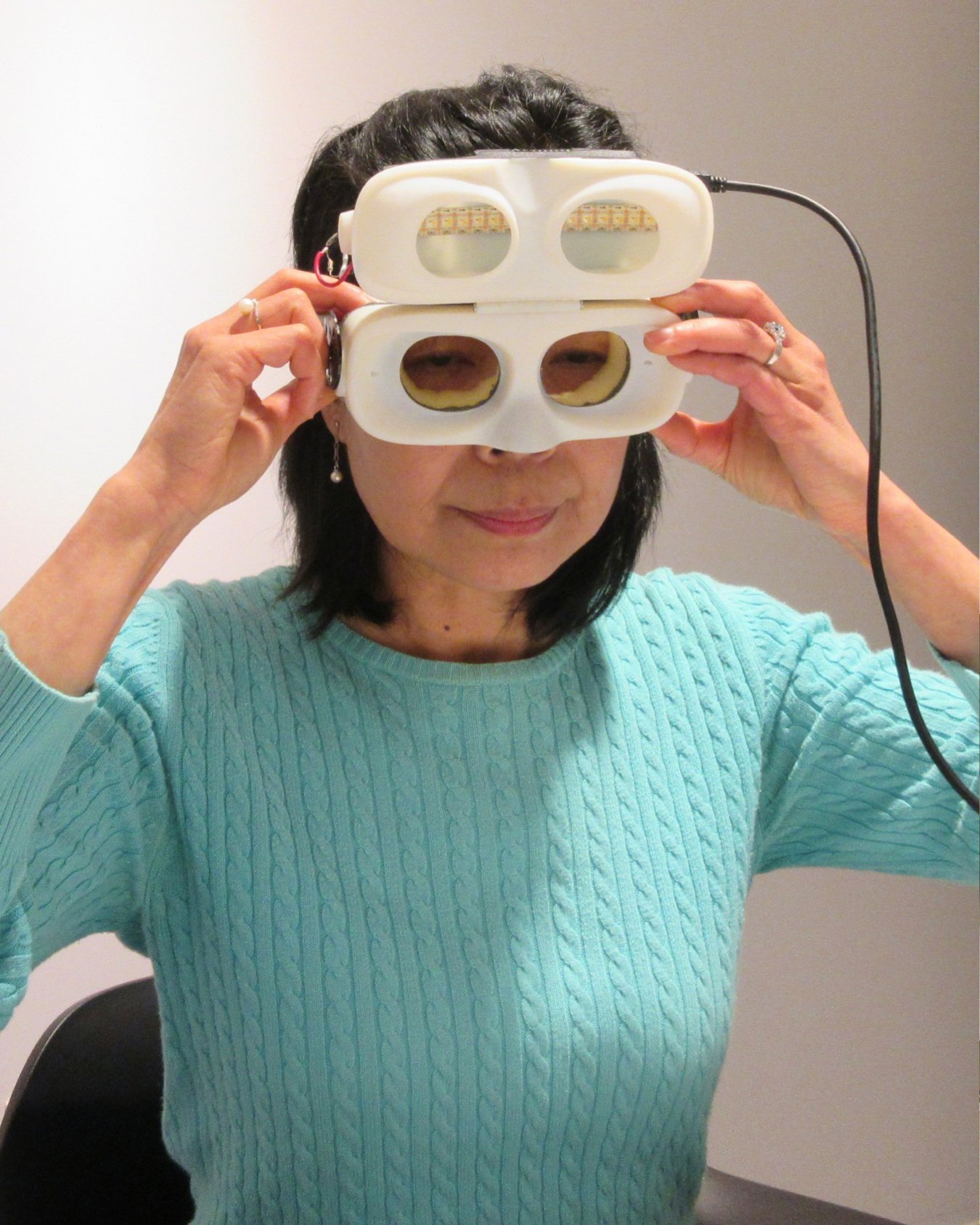Headset to Screen for
Macular Degeneration
Medical Device Design
Emergency Response Defibrillator
Laparoscopic Surgery
Vision Cart
As a consultant, I’ve had the unique opportunity to design for medical devices built for a variety of healthcare settings including surgical spaces, medical offices and emergency response. This work required close collaboration with industrial designers to ensure that the software and hardware were cohesive and unified experiences. While healthcare products naturally have high safety standards and necessary regulation, I bring the same rigor of in-field qualitative research and realistic prototype testing to all of my work.
Role
UX Design & Industrial Design
Context
2012-2019
Key Learnings
While many of these projects are still under NDA, these key principles have shaped how I approach research, execution and collaboration across all my work.
Context Immersion is Key
Exposure to user’s every-day scenarios in their environment reveals valuable insights about the multitude of factors that users deal with in real life. For example, when shadowing a laparoscopic surgery or riding along with the paramedics, I witnessed and heard first-hand the audio fatigue that these users have to endure across all the default settings on their machines.
Today, when I design for the remote physician who works from home, I have gained a lot of insight into seeing how their office workspace is set up and shadowing their virtual shifts.
Realistic Protoypes
Across these projects we had the unique opportunity to define the hardware and software together in lockstep and test the best concepts in unison. This meant research participants (healthcare providers and patients) could test the digital and physical experiences holistically. Testing an emergency defibrillator, meant running an interactive iPad prototype on a foam model and testing a wearable screening tool meant 3D printing a headset and playing the screening instructions that the patient would hear.
Today, I use this same detail-oriented process when I test digital prototypes. Using realistic data sets and interactions are crucial to getting the appropriate feedback during a prototype session.
Collaborate & Build Closely
I partnered with industrial designers to build physical mockups to ensure that the interface and hardware were in sync with one another.
Today, I use this integrated approach to collaborate with engineers and product managers to define requirements early on and make sure the final solution aligns with a feasible technical approach.








